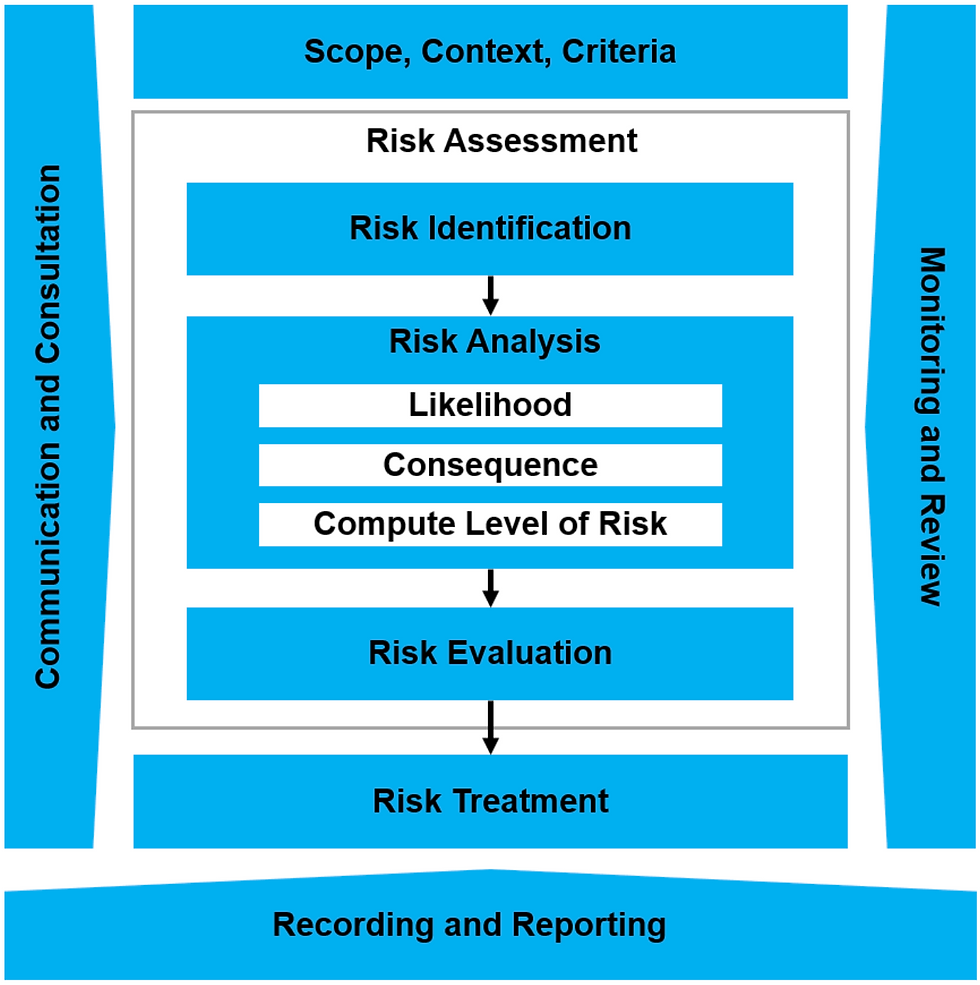Risk Communication is an Interactive Exchange
- Chegan SRM

- Feb 18, 2021
- 2 min read
Updated: Oct 19, 2023

Risk communication is the interactive exchange of information among risk assessors and other parties before, during and after an incident. Risk communication is a component in the overall risk analysis procedure used to disseminate vital information to people and departments about potential threats/hazards they may be exposed to. During an emergency, an inadequate response could result in loss of confidence in a brand, destroy a business' reputation or even result in serious injury or a mass casualty situation.
No single model can encompass all of the factors that influence risk communication efforts, but an effective plan should incorporate the following elements:
• Preparedness: pre-event risk communication outlining practical preparedness measures, including education on likely risk characteristics of various threats (e.g., differentiating factors associated with an improvised nuclear device terrorist attack versus an earthquake).
• Response (Imminent Warnings): crisis communication and guidance regarding protective actions to take immediately prior to, in the midst of, or during the hours immediately following an event.
• Recovery: messages communicating needs and guidance in the weeks, months, and years following an event.
Risks must be clearly communicated in order to highlight concerns up the chain of command. Otherwise, there is a greater chance that risk mitigation strategies to counter the threat may be misunderstood or ignored. In turn, the flow of information of risk needs to be filtered down to all employees in order to keep members of the public or lower-level staff members aware of identified risks.
Are you looking for an effective risk communication plan?
We can provide a comprehensive risk assessment and risk communication plan that will help you prepare, respond and recover from any incident. Our plan includes preparedness measures to help educate on potential risks, response strategies to take immediately before, during or after an incident, and recovery messages to communicate needs and guidance in the weeks and months following an event. This plan is designed to help filter vital information down to all employees and keep members of the public aware of identified risks.
We understand the importance of risk communication and can help you create an effective plan to protect your business and its reputation. Contact us today to learn more about how we can help you get started.
See also:



